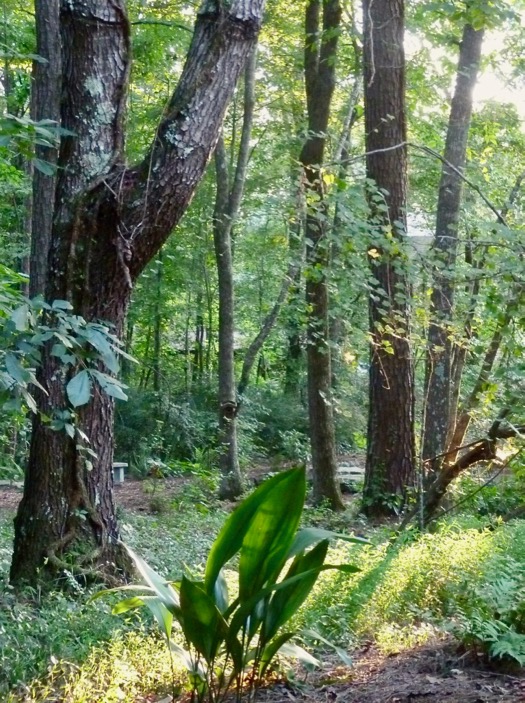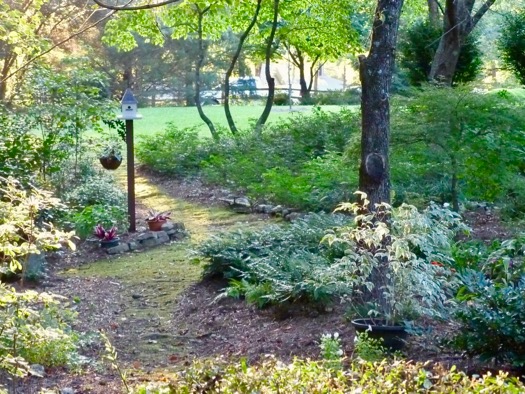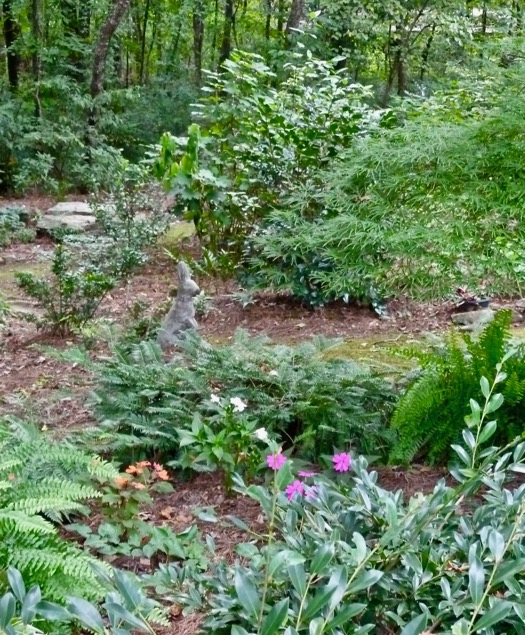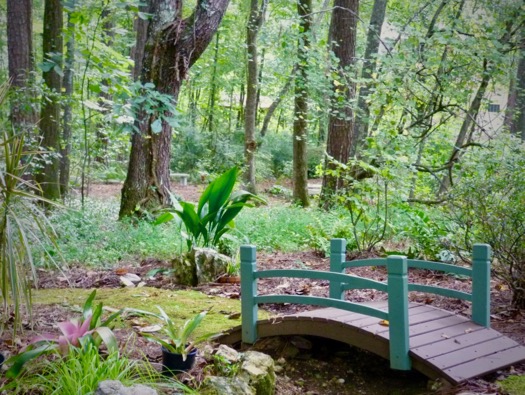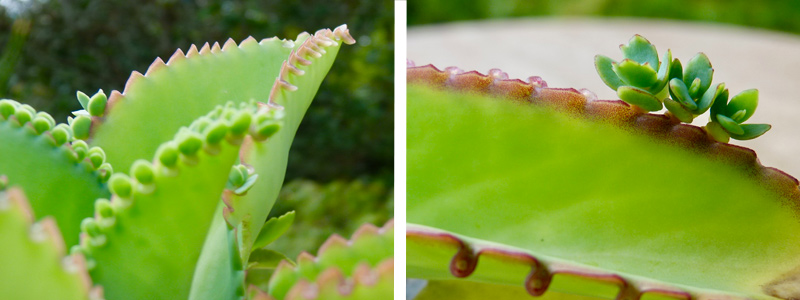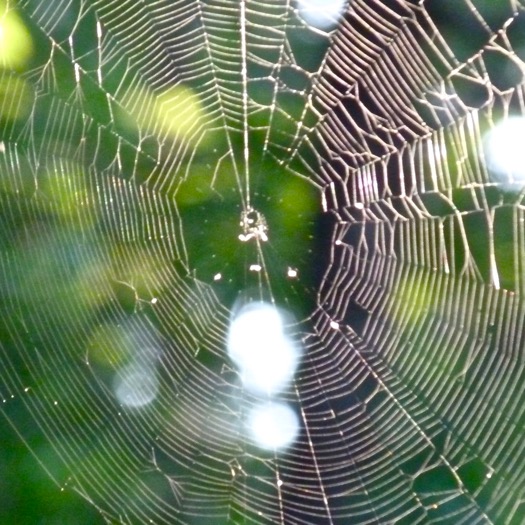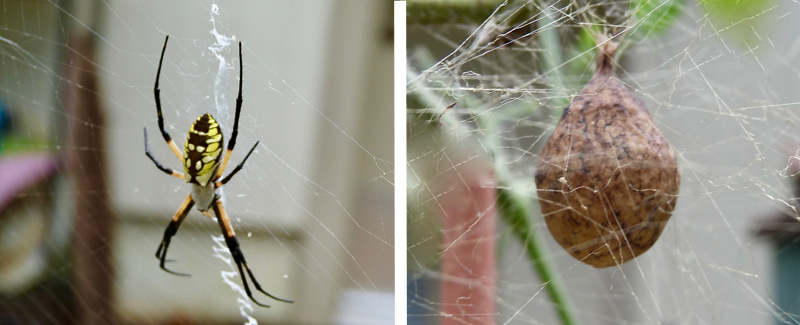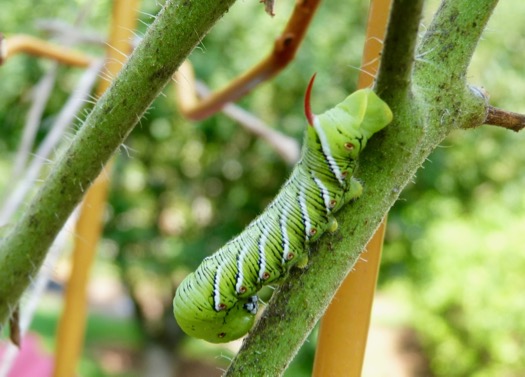Summer Rain and a Silver Tree Frog
 Saturday, July 13, 2019 at 6:25AM
Saturday, July 13, 2019 at 6:25AM Most of our summer rain comes from pop-up afternoon thunderstorms, which may be frequent but are always hit or miss. Today's view across the front lawn.A few days ago I watched as boiling clouds filled the horizon. A nice wind blew the clouds in our direction, and a green tint to the sky predicted a real gully-washer. Thunder shook the house, but the rain passed us by. People within a mile of us got a brief, heavy downpour, but not us. That is the way July has been.
Today's view across the front lawn.A few days ago I watched as boiling clouds filled the horizon. A nice wind blew the clouds in our direction, and a green tint to the sky predicted a real gully-washer. Thunder shook the house, but the rain passed us by. People within a mile of us got a brief, heavy downpour, but not us. That is the way July has been.
Our biggest summer chore is watering our very large garden. Every year I lose a few plants to environmental stress because high temperatures, wilting humidity and droughty conditions can affect even native plants. So I am very grateful for the rain tropical storm Barry is sending our way today.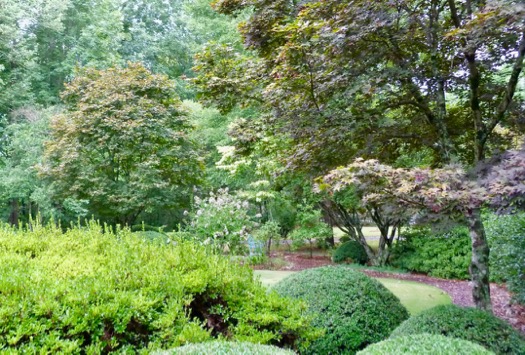 I was able to take several photos during breaks in the rain today. Everything is wonderfully wet!My part of Alabama is at the far eastern edge of Barry's influence as it makes its way through Louisiana, so we should not experience dangerous winds or flooding, but only a much needed soaking over the next couple of days. An inch of rain has collected in my rain gauge so far today, and more is coming.
I was able to take several photos during breaks in the rain today. Everything is wonderfully wet!My part of Alabama is at the far eastern edge of Barry's influence as it makes its way through Louisiana, so we should not experience dangerous winds or flooding, but only a much needed soaking over the next couple of days. An inch of rain has collected in my rain gauge so far today, and more is coming. 

I recently discovered someone else who must appreciate the rain:
This little tree frog has been staying inside the large rain barrel we use to collect and store water for the woodland garden. At first I thought he was an albino, but research reveals that he probably is a type of Gray Tree Frog.  These creatures are variable in color due to their ability to camouflage themselves by assuming tints from dark gray to green to white depending on where they are sitting. I found him on the metal grate inside the rain barrel, so he is doing a good job turning himself silver!
These creatures are variable in color due to their ability to camouflage themselves by assuming tints from dark gray to green to white depending on where they are sitting. I found him on the metal grate inside the rain barrel, so he is doing a good job turning himself silver!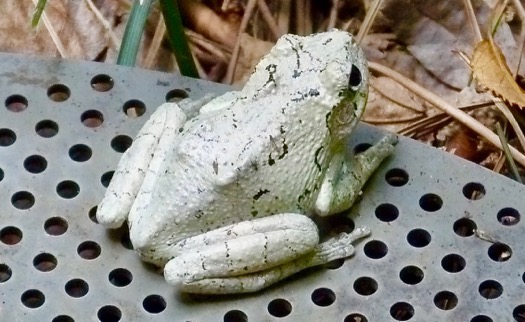


This is not the first tree frog to take summer refuge inside our woodland rain barrel. I took this photo of an American tree frog in 2016:
You can read about the American tree frog and our use of the woodland rain barrel in this previous post: My Tree Frog.

